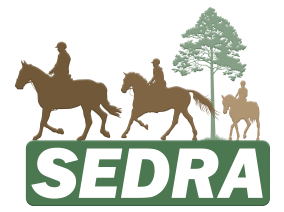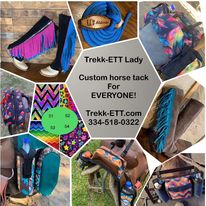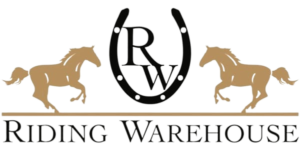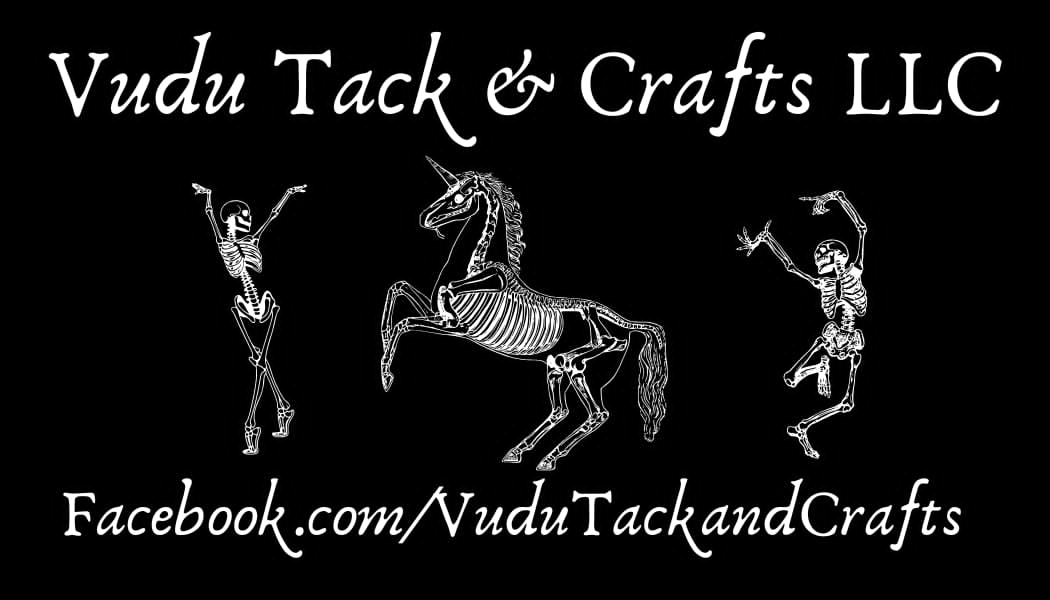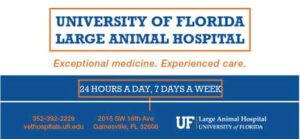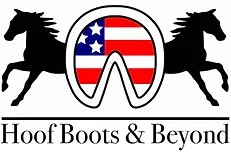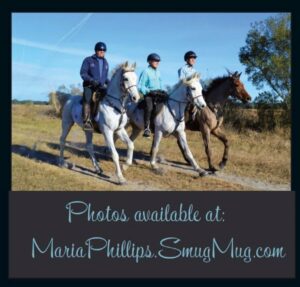By Scott Godwin, Endurance News Feb 2010
As a new member of the Education Committee, I was more than a little intimidated when asked to write an article for this issue. I’m not a veterinarian. No initials to put after my name. Not even an animal science degree. But as I found myself becoming more comfortable with the idea of this task, I started asking myself why.
Certainly I have spent numerous hours reading articles in the education section of the AERC website. I have read and reread “The Complete Guide to Endurance Riding and Competition,” “Go the Distance,” “Centered Riding” and many other informative publications. This written material created the foundation of knowledge that I continue to build upon.
But I am, by nature, a “practical” learner. I like to actually see and experience things. Where can a student enter a classroom setting where scores of horse/rider teams are available for observation?
Our rides are a working laboratory. Every location in which a volunteer is needed offers the opportunity to learn. Helping out at the timer station, assisting with the pulse and respiration crew and scribing for a vet all place you in a position to observe a number of participants throughout the day.
For me, being a better endurance rider is much more than just how I ride or where I place. It is the sum of my experiences for the weekend or week. I strive for smoothness and flow, low stress and enjoyment.
The way in which I handle myself, my camp and my horse will largely dictate how I will remember a particular ride. Was it enjoyable? Did I complete? Did I learn something that will make me a better rider next time? I have made it a point to spend time at every volunteer post possible. The lessons learned are invaluable and can’t be taught in a book.
Timing. Working at the timing table was a big eye-opener. I’ve seen and heard Dr. Matthew Mackay Smith’s phrase “never hurry, never tarry” many times in my association with endurance. Watching riders deal not only with the volunteers, but also with the time allotted for their hold, gave me a true appreciation for this timeless axiom.
The riders I thought to be successful generally followed this advice to the letter. Coming in from a loop, vet cards are out and ready, demeanor is calm and focused. Going out, these riders present to the timer less than a minute before their out-time. More than that and the horse gets antsy. Past the out-time and the rider is harried.
The “cool” riders almost always have a plan. A written itinerary appears to be a common item in these camps. This includes ideal and maximum time on a loop, reminders to clean feet, change out water bottles, restock the horse electrolytes, stick in another food bar, ditch the rump rug, put in eye drops—anything that might otherwise be forgotten in that short span of rest is written down. Once the details are addressed, then you can sit, eat and get ready to return to the out-timer.
I have resolved to approach each in-time and out-time station with patience. If I have prepared myself, my horse and my camp before the ride, and have used my time wisely during the hold period, there really isn’t an excuse for my being late to go out, and the volunteer at the table certainly doesn’t deserve any attitude from me.
P&R. P&R was strangely similar to my experience at the timing table. Once again, those calm, focused riders seemed to get through more quickly and easily than the whirling dervishes. I would watch teams quietly stop at the in-timer, check the horse’s pulse, hose off if necessary, then smoothly walk up to the first available stethoscope. Ride cards were readily available and usually not yet sodden with sweat.
The quiet fortitude of a truly accomplished P&R person is something to be admired. They stand, somehow removed from the fray, patiently repositioning a foreleg in order to better find that elusive 64 bpm. An observant rider or crew member can make his day by placing their horse in a safe location and in a stance that allows easy access to the left side of the chest. Wow, it’s the little things that make all the difference.
The perennial question of head up, head level or head down, as it relates to heart rate, was something I wished to answer. I observed that the horse that was calmly focused on its handler, not the alfalfa on the ground, generally had a lower rate. So too, the one that wasn’t distracted by its new best friend walking off got through the gate more quickly.
This is largely a factor of the horse’s personality, level of exposure and training, but the attitude of the rider or handler also greatly affected the results. An alert, engaged person most often presented a more docile horse. The distracted or agitated individual oftentimes had more difficulty getting their animal’s pulse down.
Once through the P & R gate, it isn’t uncommon to have to wait for an available vet. The feeding of hay, alfalfa, slurries or nothing at all was interesting to watch. Riders with experienced crews offered their horse a variety of foods until the horse found something to their liking. Organized riders who did not have the luxury of a crew had prepositioned hay bags or buckets with a similar variety of consumables that they could grab on the way to the line. Foods were removed from the horse as they approached the next station.
Control judge scribing. Finally vetting and the opportunity to watch a hundred different riders tug, poke, prod, coax, beg, bash or bribe their horse to trot. We should have to pay for the entertainment value! What I took away from this station is that my old training in halter/showmanship classes actually had pertinence to endurance. The relationship of scores in gait and impulsion often correlated with the ease with which the horse stepped off and stayed with the handler. It quickly became apparent which horses had practiced this basic maneuver, and those who only ever saw it at a ride.
The squareness of the horse’s stance, especially in the rear, had a large effect on the muscles of the hind end. Those standing askew or with a leg cocked typically were tighter on one side than the other. Squareness also opened up the chest for easy access of a stethoscope on the left side of the chest. Blankets or sheets need to be loosened beforehand. The vet shouldn’t have to undress a horse in order to hear the heart.
Riders need to be engaged with their horse and move to the same side of the animal as the attending vet. This is for the safety of the examiner and the rider. An awareness of the surroundings and potential hazards, avoiding the temptation to talk with your neighbor, leads to a more rapid completion of the check. Allowing the vet to complete the exam before asking any questions about a score will give him or her a more complete picture of your mount. If gut sounds are a B-, but everything else is an A, you will get a different answer than if all scores are less than perfect. Allow the exam to continue, and then ask pertinent questions before exiting the exam area.
Remember that beyond the educational opportunities, managers must to have volunteers in order to safely conduct a ride. I certainly prefer to be on a horse, but many times I have found myself with only a Saturday horse, or have been pulled early in the day. Also, nothing pleases a ride manager more than when you make a trip out to volunteer, even though your horse is home resting after the last ride.
